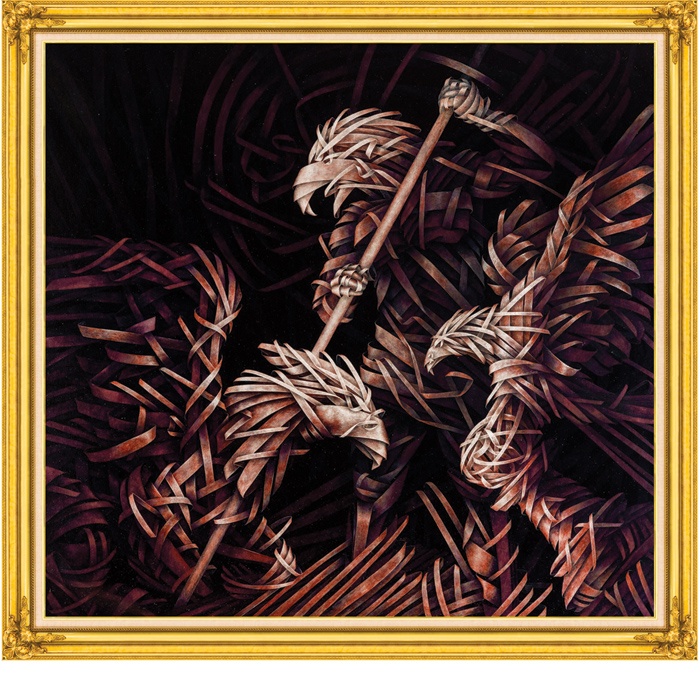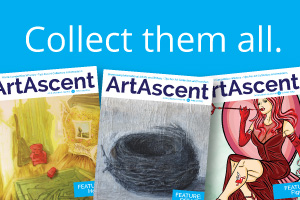The changing role of galleries in the current global art market
For as long as people have been collecting art, there have been galleries and dealers deciding the tastes of the day, ready to cater to full wallets and empty walls.

Both emerging and established artists often rely on galleries to expose their work to collectors – for a fee, of course – with industry standards ranging from 30 to 50 percent. Yet, as the global audience for art grows, and prices soar, both artists and collectors look to new platforms to connect with each other as galleries find new ways to stay relevant.
The Internet has obviously played a major role in this change, as now people from across the globe can share ideas and products via the click of a button. Major online retailers, such as Amazon (amazon.com/art) and eBay (ebay.com/Sothebys), have launched platforms for art sales in the last several years. Many art world industry insiders are responsible for backing Artsy (artsy.net), a website that provides art world content, artist-specific information and a sales platform for existing galleries who want an online presence. Artist-focused sales websites, such as Saatchi Art (saatchiart.com), allow artists to upload their work and set their prices with the hopes of catching the eye of a collector or curator. While this accessibility provides new opportunities for artists and consumers around the world, many professionals lament that despite developments in technology, it is still nearly impossible to recreate the experience of a work’s scope, color, and technique on a monitor; we engage with a piece of art differently when we are standing in front of it. Furthermore, while online sales sites typically target new collectors – those who may be intimidated to approach a gallery or those restricted by location – they may lack the ability for personalized knowledge and expertise that a dealer can use to help a collector develop a personal taste. Curated online and print magazines (including ArtAscent www.ArtAscent.com) offer an alternative to both online gallery sales and artist-direct sites, in that they typically hold an open call and have a judge or panel select works to be featured – ensuring a curated selection – while referring potential collectors directly to the artist to deal with sales, minimizing commission splits and fees.
Art fairs now take place year-round and around the world, and have solved this problem of accessibility and viewing experience for many collectors and dealers. Established galleries apply – and pay heftily – to participate in prestigious events held in major cities (London, New York, Hong Kong and Dubai, to name a few), which allows them a physical presence for a week in a variety of locations. In recent years “affordable” (for the collector and dealer) versions of art fairs have cropped up, both as satellites for the major fairs and as regional or media specific, presenting lower-budget collectors the opportunity to purchase original art. This combined with the immediate nature of technology means collectors are able to physically engage with a work before purchase, and dealers can maintain relationships via the immediacy of technology. These fairs are all open to the public, so for the price of an admission ticket, collectors and art lovers can experience hundreds of works from around the world with the ability to engage dealers in more informal and neutral settings.
Real estate values continue to rise in major cities, and so the future of galleries as actual brick-and-mortar spaces remains to be seen. However, enterprising dealers are finding new ways to connect with a growing audience of collectors utilizing the Internet and international art fairs as a way to maintain an active, global presence, and collectors have more resources than ever to engage with work in any context they desire. With art prices continuing to rise, there is little doubt that art and its surrounding industries will continue to evolve as the audience grows.
By Rachel Cohen, LCAT, ATR-BC
Pictured above:
Eagle-Pawn Trap (frames excluded) by Ilie Vaduva




Recent Comments